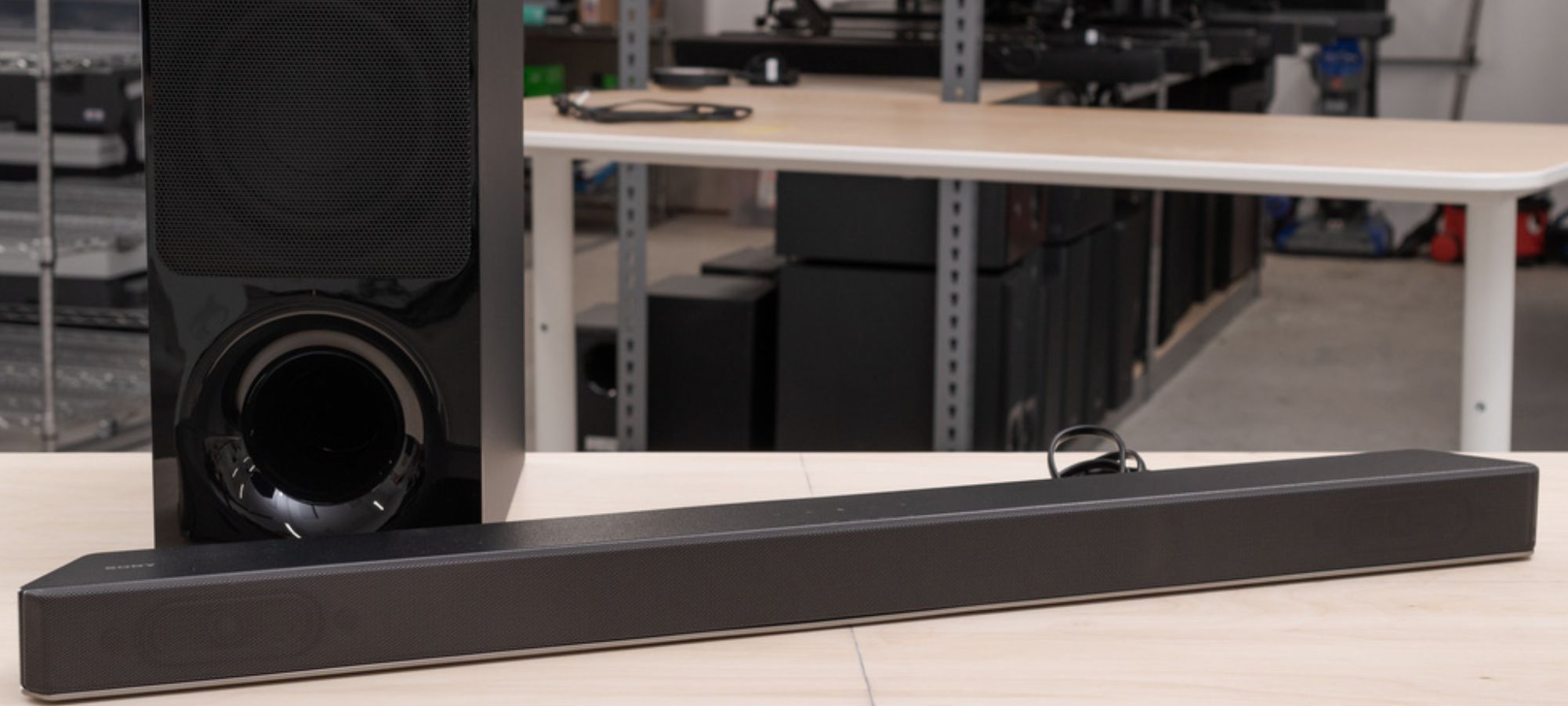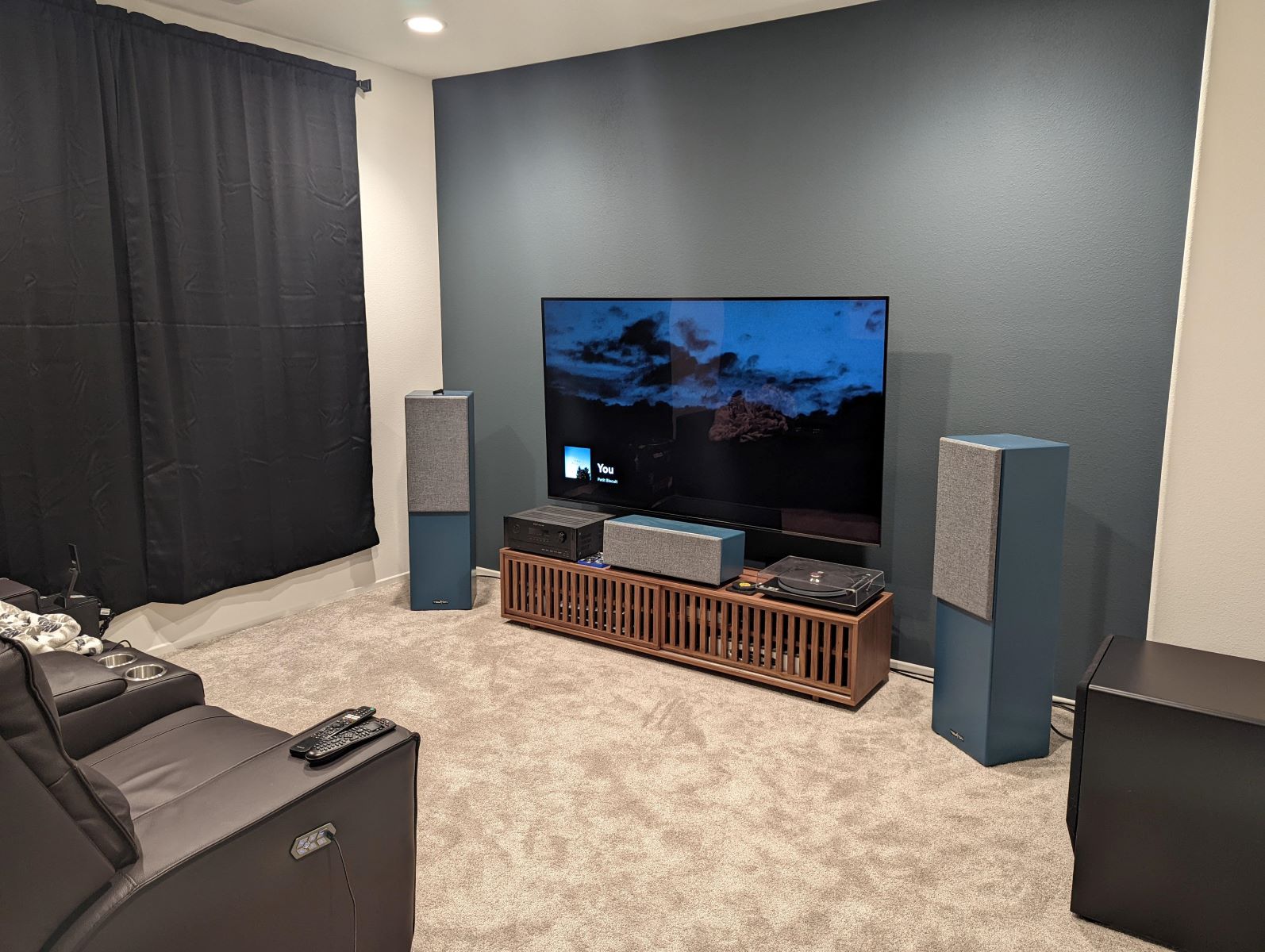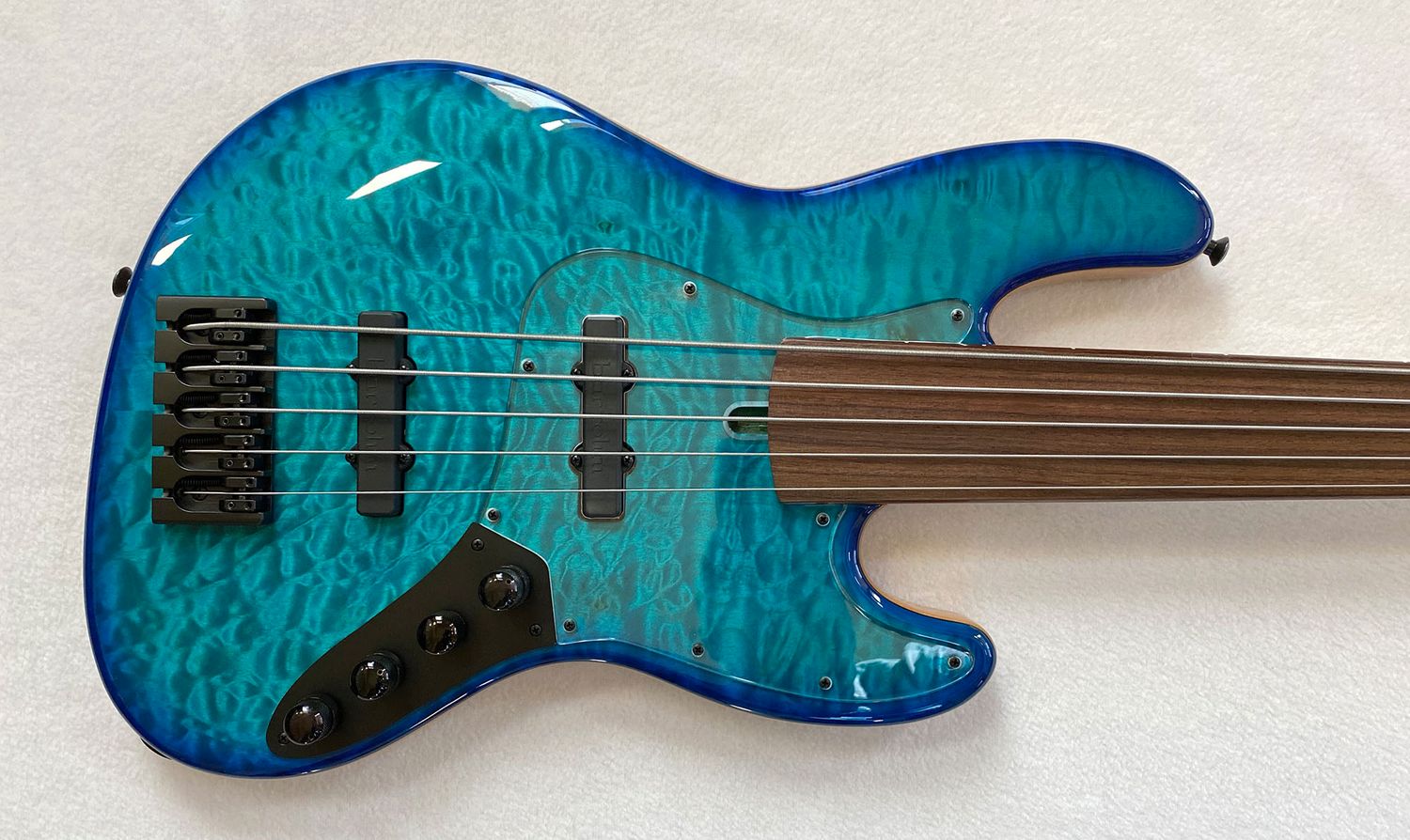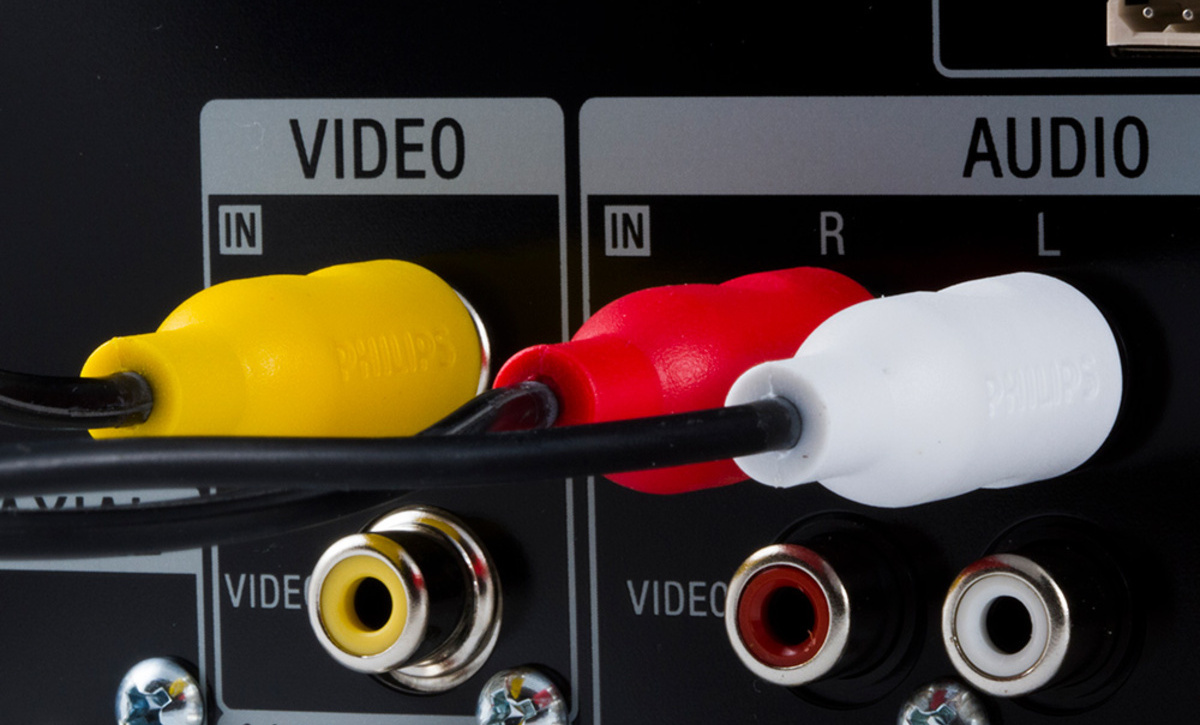Home>Instruments>Bass>Where To Put Bass Traps
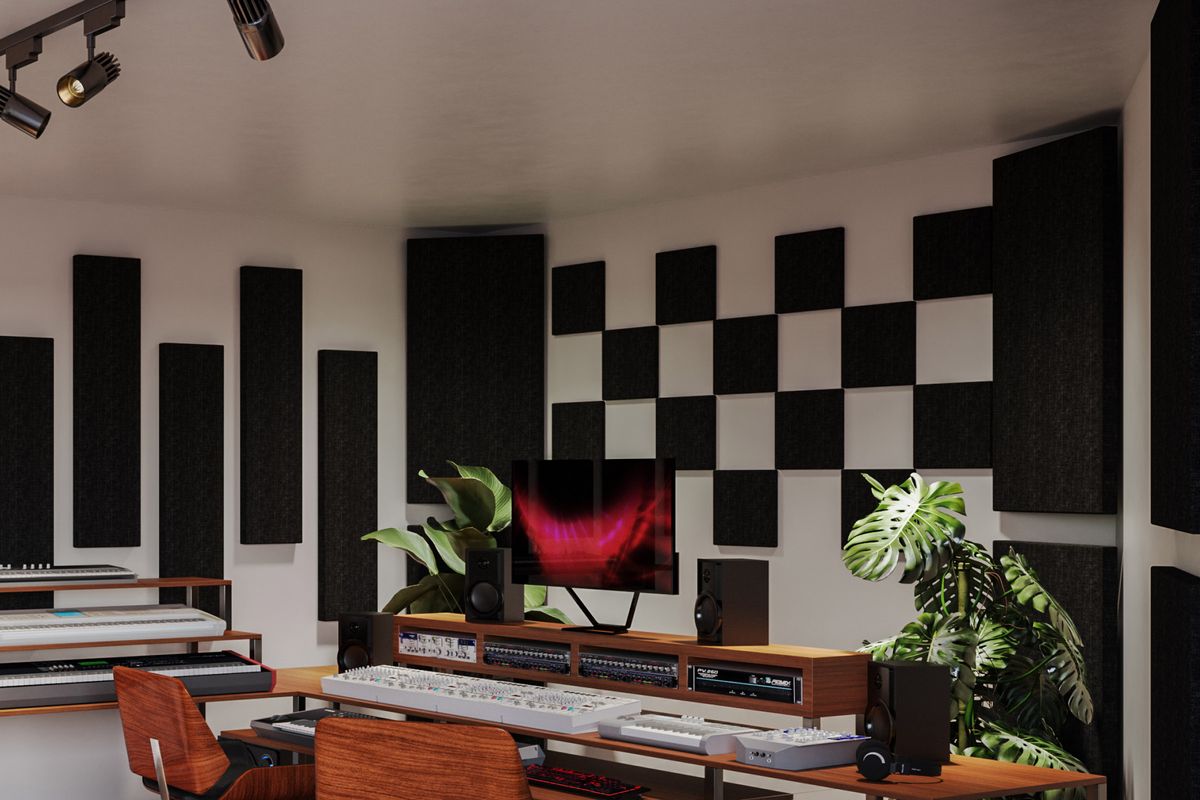

Bass
Where To Put Bass Traps
Modified: February 18, 2024
Learn where to put bass traps for optimal sound quality and bass control. Discover the key areas in your room that will benefit from strategic placement of bass traps.
(Many of the links in this article redirect to a specific reviewed product. Your purchase of these products through affiliate links helps to generate commission for AudioLover.com, at no extra cost. Learn more)
Table of Contents
Introduction
When it comes to creating the perfect audio environment, bass traps are an essential element. Whether you’re a music enthusiast setting up a home studio or an audiophile looking to improve the sound quality in your listening room, understanding where to place bass traps can make a significant difference in achieving optimal acoustics.
Bass traps are acoustic treatment devices designed to absorb low-frequency sound waves and reduce resonances in a room. They help mitigate bass build-up, minimize standing waves, and improve overall sound clarity. By strategically placing bass traps, you can achieve a more balanced and accurate bass response, resulting in a more immersive sonic experience.
In this article, we will dive into the world of bass traps and shed light on their ideal placement. We will explore important considerations to keep in mind and discuss common mistakes to avoid. By the end, you’ll have a solid understanding of how to optimize your room’s acoustics and unleash the full potential of your audio setup.
Understanding Bass Traps
Before delving into the intricacies of bass trap placement, it’s essential to understand how bass traps work and why they are crucial for achieving optimal sound quality.
Bass traps are primarily designed to address the challenges associated with low-frequency sound waves. When these waves bounce off walls, ceilings, and other surfaces in a room, they can create standing waves and resonances. These issues can result in an uneven bass response, muddiness, and an overall lack of clarity in the sound reproduction.
Bass traps work by absorbing and dissipating these low-frequency sound waves, reducing their energy and preventing them from bouncing back into the room. By doing so, they help minimize the detrimental effects of standing waves and resonances, resulting in a more accurate and balanced bass response.
There are two main types of bass traps: broadband and tuned. Broadband bass traps are designed to absorb a wide range of frequencies, including low frequencies. They are typically made from absorptive materials such as mineral wool or fiberglass, and they work effectively across a broad spectrum of frequencies.
Tuned bass traps, on the other hand, are designed to target specific frequencies. They consist of resonant panels or membranes that vibrate at the desired frequency, effectively absorbing and dissipating the energy at that particular wavelength. Tuned bass traps are especially useful for addressing specific bass problems in a room with known resonant frequencies.
By incorporating a combination of broadband and tuned bass traps in your acoustic treatment plan, you can effectively address the full range of bass-related issues in your room, ensuring a more accurate and immersive listening experience.
Ideal Placement for Bass Traps
The placement of bass traps is crucial for maximizing their effectiveness in your room. The goal is to strategically position them in areas where the low-frequency sound waves are most likely to accumulate and cause issues. Here are some general guidelines for the ideal placement of bass traps:
- Corner Placement: Corners are prime spots for bass trap placement. Bass waves tend to accumulate and build up in the corners of a room, leading to an uneven bass response. By placing bass traps in the corners, you can effectively absorb and dissipate these problematic bass frequencies.
- Wall-Reflection Points: Another important area to target is the points where sound waves reflect off the walls. These points are typically around one-third of the distance from the floor or ceiling. Placing bass traps at these reflection points helps reduce the impact of standing waves and smoothes out the bass response in the room.
- Behind Listening Position: Placing bass traps behind your listening position can help mitigate bass build-up caused by waves reflecting off the back wall. This placement helps create a more balanced and accurate sound stage, ensuring that you experience the music or audio content as it was intended.
- First Reflection Points: The first reflection points are areas on the side walls where sound waves bounce off and reach your ears. Placing bass traps at these points helps minimize early reflections and enhance stereo imaging and clarity.
- Additional Considerations: In addition to the primary placement areas mentioned above, it is also beneficial to consider the size and shape of your room. Smaller rooms may require more bass traps to compensate for limited space and potential standing wave issues. It’s important to experiment with placement and observe the impact on the overall sound quality in your specific room.
Keep in mind that the ideal number and configuration of bass traps can vary depending on the size, shape, and acoustics of your room. It is recommended to consult with an acoustics professional or conduct thorough research to determine the optimal placement strategy for your specific setup.
Placement Considerations
When it comes to placing bass traps, there are several important considerations to keep in mind. These factors can greatly affect the effectiveness of your bass traps and ensure optimal sound quality in your room. Here are some key placement considerations:
- Room Size and Shape: The size and shape of your room play a significant role in determining the placement of bass traps. Larger rooms may require more bass traps to address potential standing wave issues, while smaller rooms may have limited space for placement. Additionally, irregularly shaped rooms may have specific acoustical challenges that need to be accounted for.
- Multiple Traps vs. Single Trap: In some cases, using multiple bass traps can be more effective than relying on a single trap. Placing multiple traps in strategic locations can help disperse and absorb low-frequency sound waves more efficiently, resulting in a smoother bass response.
- Distance from Walls: The distance between the bass traps and the walls can impact their effectiveness. Placing the traps too close to the walls can limit their ability to absorb low-frequency waves effectively. It’s generally recommended to leave a small gap between the back of the traps and the wall to allow for proper airflow and absorption.
- Room Function and Layout: The purpose and layout of your room should also be considered when placing bass traps. For example, if you have a dedicated listening room, you may prioritize optimizing the sound quality at the listening position. In contrast, a home studio may require careful consideration of the placement near the mixing console or recording area.
- Experimentation and Fine-Tuning: The placement of bass traps is not an exact science, and it often requires experimentation and fine-tuning. Small adjustments in placement can have a significant impact on the overall sound quality. Take the time to listen and make adjustments as needed to achieve the desired acoustic balance.
It’s important to note that while these considerations provide a general guideline, every room is unique, and the optimal placement of bass traps may vary. It is recommended to consult with an acoustics professional or conduct thorough research to tailor the placement strategy to your specific room and requirements.
Common Mistakes to Avoid
When it comes to placing bass traps, it’s important to be aware of common mistakes that can compromise their effectiveness. By avoiding these mistakes, you can ensure that your bass traps deliver optimal results and enhance the sound quality in your room. Here are some common pitfalls to avoid:
- Inadequate Coverage: One common mistake is not having enough bass traps or not placing them in the right locations. To effectively address bass-related issues, it’s crucial to have adequate coverage throughout the room, including corners, reflection points, and behind the listening position. Ensure that you have enough bass traps to combat standing waves and resonances effectively.
- Improper Installation: Another mistake is improper installation of bass traps. It’s important to follow the manufacturer’s guidelines and recommendations for installation. Improperly mounting or positioning the traps can limit their effectiveness and potentially cause unwanted reflections or obstructions in the room.
- Neglecting Other Acoustic Treatments: Bass traps are an essential component of room acoustics, but they should not be the only treatment. Neglecting other areas, such as diffusers or absorption panels, can result in an unbalanced acoustic environment. It’s important to consider a comprehensive approach to acoustic treatment and incorporate a combination of treatments for optimal results.
- Ignoring Room Calibration: Placing bass traps without considering room calibration can limit their effectiveness. Room calibration involves analyzing the acoustics of the space and optimizing the audio setup accordingly. By calibrating your room using measurement tools or hiring a professional, you can ensure that the placement of bass traps complements the overall acoustic treatment plan.
- Not Accounting for Room Usage: The purpose and usage of your room should be considered when placing bass traps. Different types of spaces, such as recording studios, home theaters, or listening rooms, may have specific requirements. Failing to account for the specific usage of the room can result in suboptimal placement and compromised sound quality.
By being mindful of these common mistakes and taking proactive measures to avoid them, you can maximize the effectiveness of your bass traps and achieve superior sound quality in your room.
Conclusion
Optimizing the placement of bass traps is a critical step in creating an exceptional audio environment. By strategically positioning these acoustic treatment devices, you can effectively address bass-related issues, enhance the sound quality, and achieve a more immersive listening experience.
Understanding the fundamentals of bass traps, such as their purpose and types, is essential in choosing the right traps for your room. Broadband traps are ideal for absorbing a wide range of frequencies, while tuned traps can target specific problematic frequencies.
When it comes to placement, targeting corners, wall-reflection points, behind the listening position, and first reflection points is crucial. It is important to consider factors such as room size, multiple traps, distance from walls, and the specific function and layout of the room. Through experimentation and fine-tuning, you can find the optimal placement for your bass traps.
Avoiding common mistakes, such as inadequate coverage, improper installation, neglecting other acoustic treatments, ignoring room calibration, and not accounting for room usage, will ensure that your bass traps deliver the best possible results.
Remember that achieving optimal acoustics and sound quality is a journey. It may require a combination of bass traps, diffusers, absorption panels, and other treatments, along with careful calibration and adjustment. Consulting with an acoustics professional or conducting thorough research can provide valuable guidance tailored to your specific needs.
By investing time and effort in understanding bass traps and their ideal placement, you can transform your room into an acoustically pleasing space, where every note and beat is faithfully reproduced, and the true potential of your audio setup is realized.

